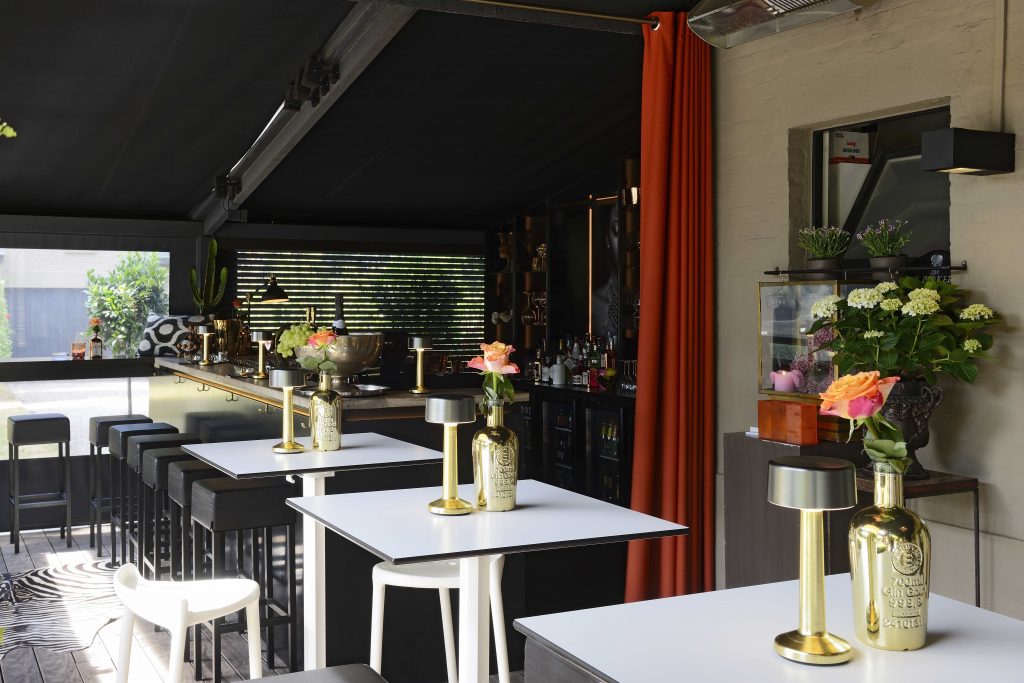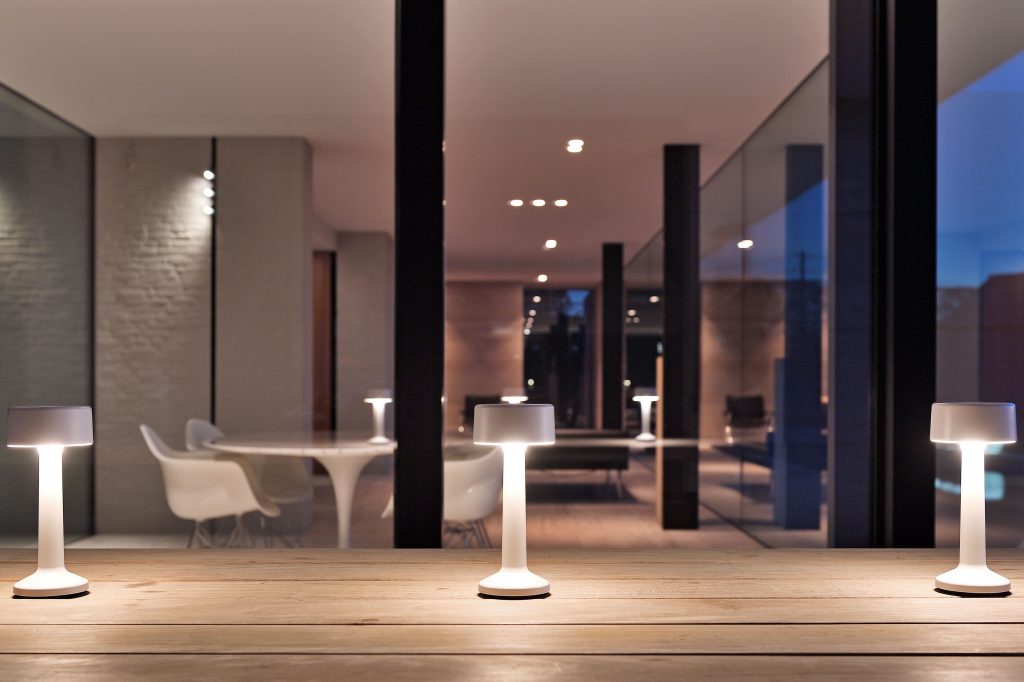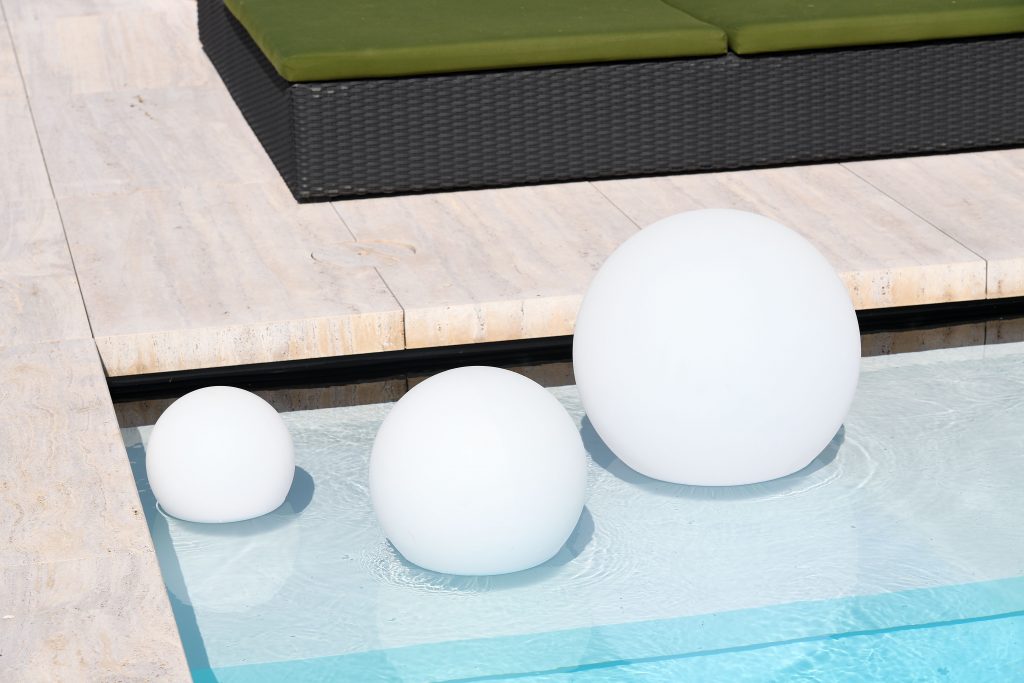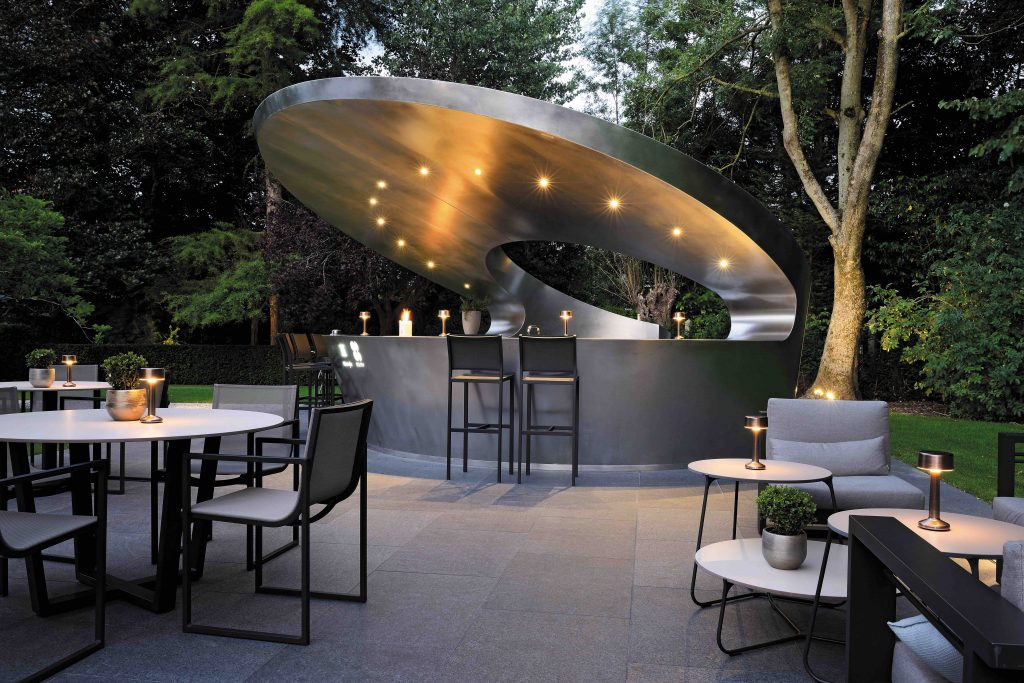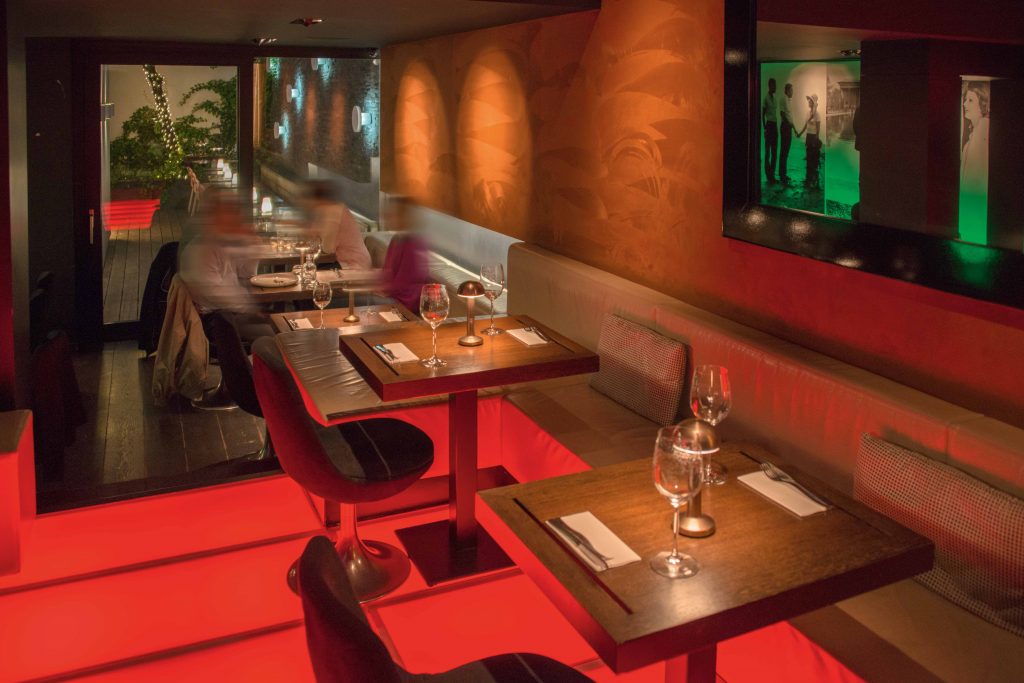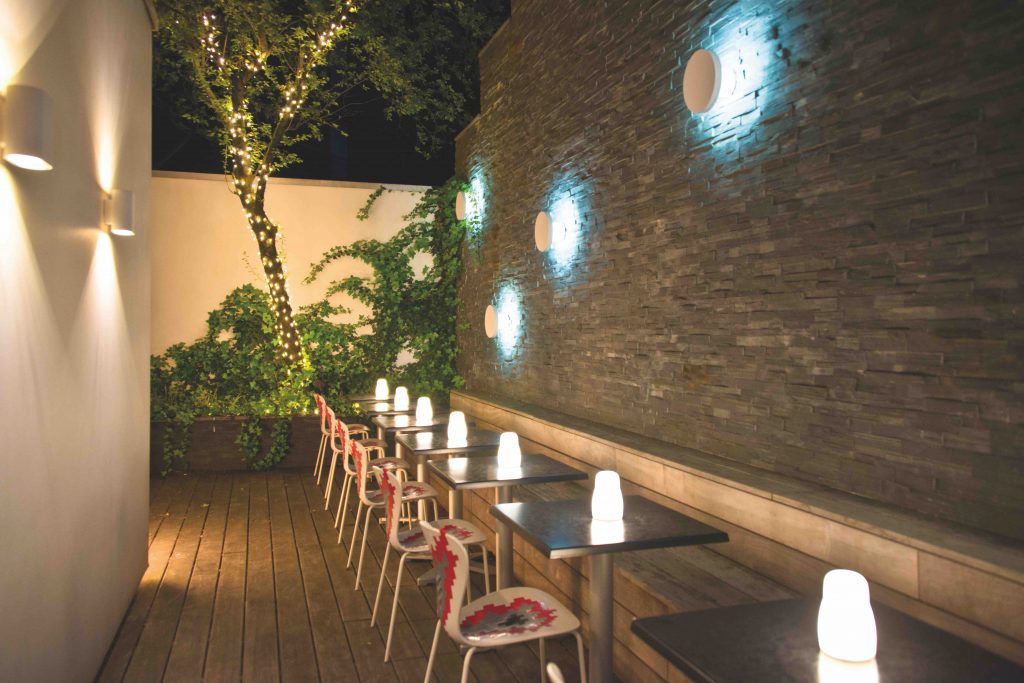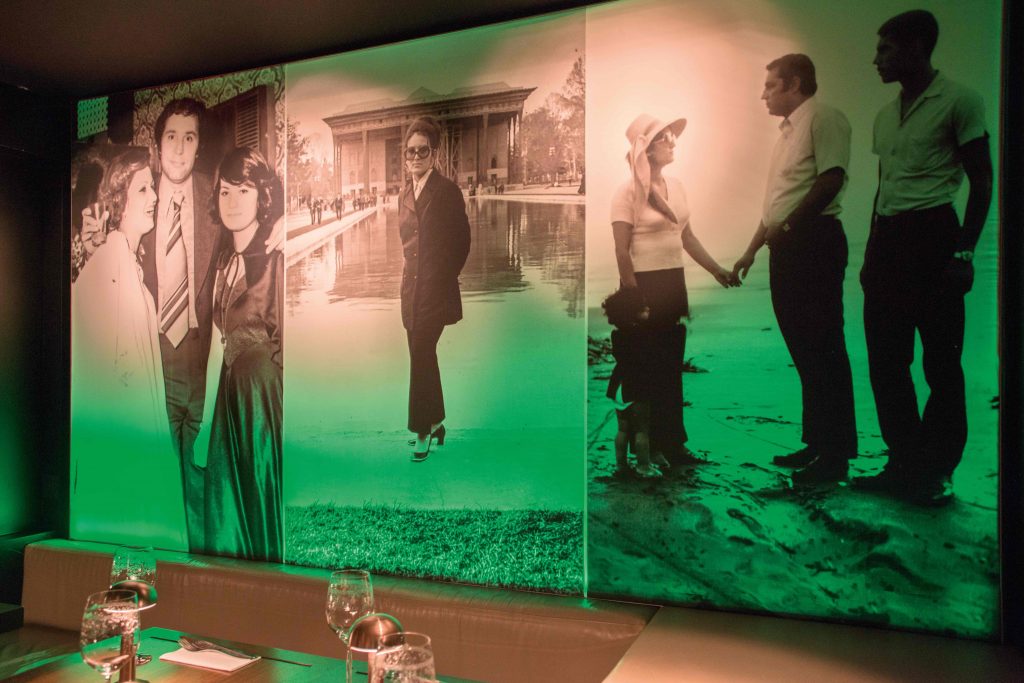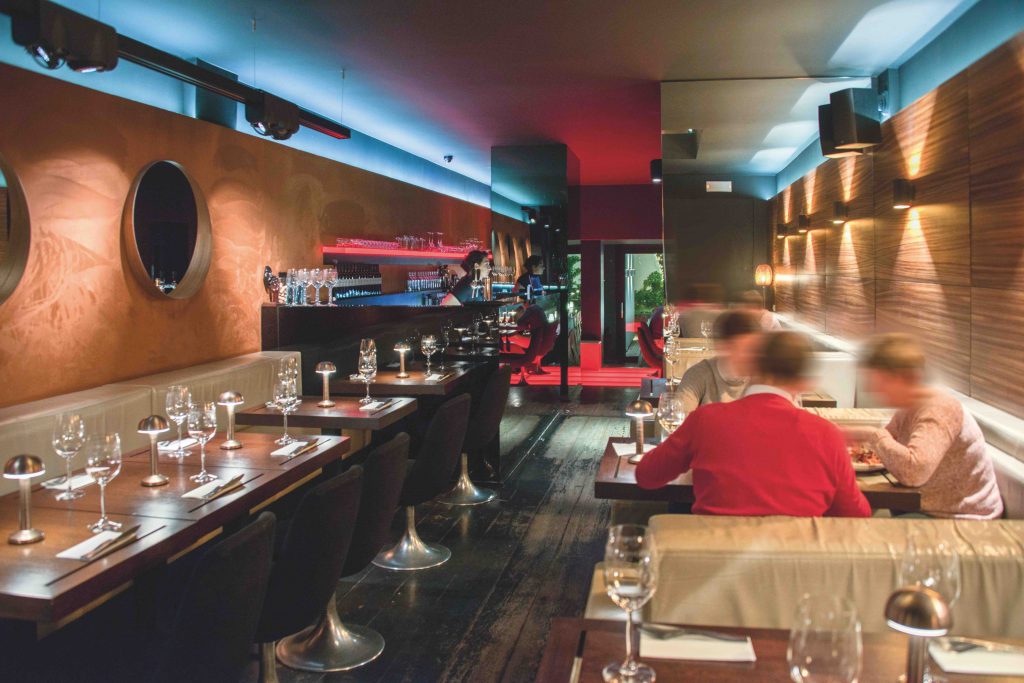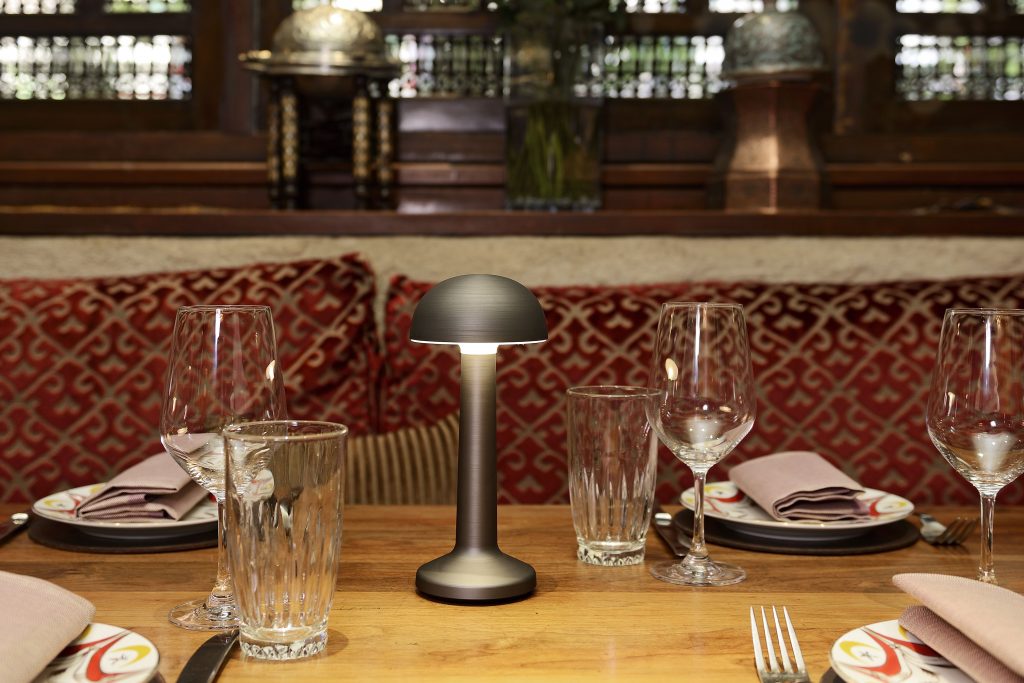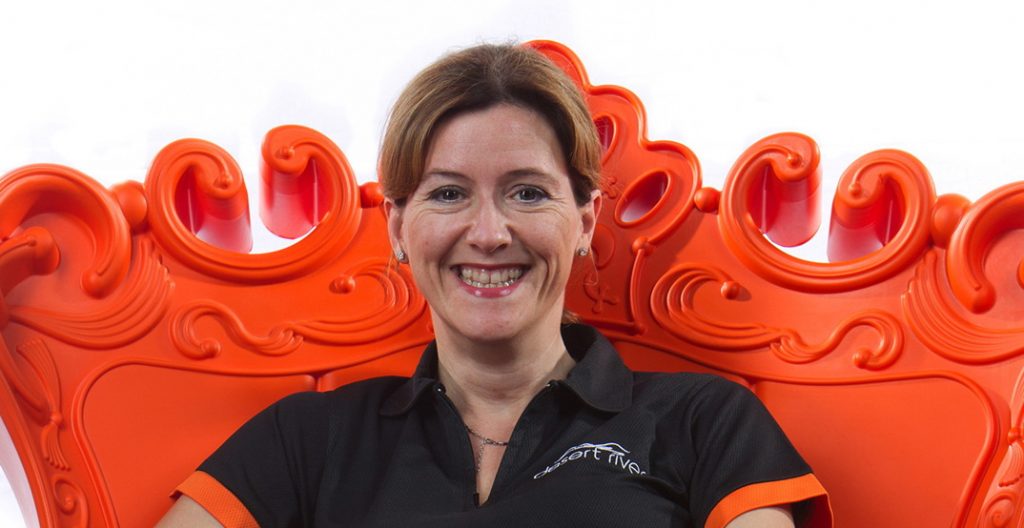
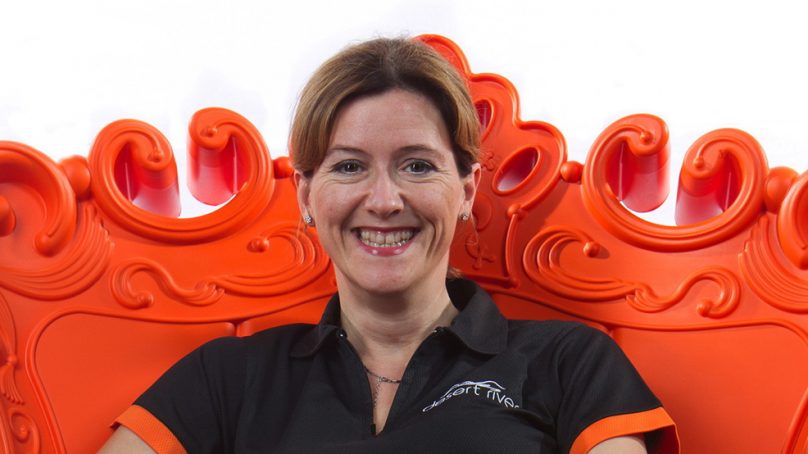
Experiential design, or the art and science of shaping customer experiences, relies in great part on lighting evidenced by demand from owners and operators of various public and private establishments who intend on adding value to their brand(s). To learn more, HN talked with Claudia van der Werf, co-founder and director at Desert River, the Dubai-based dynamic and innovative company known for supplying high-quality products to the region’s leading hotels, restaurants and retailers across the Middle East.
What are the challenges considering that the ‘one size fits all’ model no longer applies?
Firstly, budget limitations can be a challenge in the sense that you get what you pay for. Or to put it in other words, buy the best you can afford. Flexible and reliable lighting can greatly enhance the atmosphere of an outlet and will make guests feel welcome and at ease. Investing in good quality dimming equipment, well-hidden cabling and technical parts and different circuits that can be controlled independently can be costly but will look so much better.
Secondly, having to make structural changes to the placement – i.e. hiding cabling, ensuring that fittings are carefully attached without unsightly edges sticking out. This may mean having to open up ceilings/walls and after installation having to repaint/plaster etc.
To what degree does architecture and brand identity affect lighting solutions?
There’s a fine line between standing out and looking out of place. Statement lamps can create a great focal point for guests; however, it is important that they fit the overall design concept of a hotel. This applies to hotel rooms and public areas alike. As well as being a design feature in themselves, lighting should also be used to highlight architectural or decorative aspects that give a hotel its individual flair or define its concept.
Due to ever-changing technologies, adopting a future-proof concept is a must, so how do you anticipate what is to come before it does?
We work closely with all our suppliers to stay abreast of upcoming trends and how the industry is evolving. In addition, the yearly design and trade fairs offer excellent insight into what’s coming. It’s always fascinating to see new and innovative designs and technology coming through.
What are some of the newest technologies in the field of lighting and what opportunities do these offer?
Sustainability– think the latest generations of LED lighting, that use less energy and last very long. For battery-operated lighting (usually used as decorative table lighting to replace old-fashioned candles), most premium brands offer long lasting and rechargeable batteries that can be used and recharged many times, without losing any light output or reduction of the ‘burn’ time. Also, most of our battery operated lamps are dimmable, can be set to different colors and modes, and can be remote controlled.
Considering that some hotel spaces serve different functions, being able to call-up individual lighting scenarios is a must, so what can you tell us about that?
Consider how your space will be lit at different times of day. For example, many restaurants use dimmers to change the intensity of light over the course of the day. Many of our collections offer dimmer settings, so can be adjusted quickly as per your requirements.
What role do bulky lighting fixtures play compared to fixtures that have a minimalistic design and almost seamless lines?
That is mainly a question of design – do you want the fixture to be a feature in your restaurant or hotel environment, or is the purpose mainly to highlight and accentuate the look of the space? For example, you could have a beautifully structured brick wall with a red tone – if you use a very subtle ceiling fixed recessed downlighter in a warm light, the structure of the wall will feature more prominently because of the shadows and the color will appear to be a deeper red. If you were to use suspended lower level chandeliers in front of the wall with cold light in it, the wall will look smoother and appear more grey/lighter. There is no right or wrong – it all depends on the look you are trying to achieve.
How challenging is it to raise visibility of an object through light without distracting people from so said object?
With product lighting it’s all about balance, for example table lighting… Use directional lighting on tables: our Moments table lamps range has a strong light output. Yet due to the attractive metal lampshade, the light gets directed downwards and lights up the entire table surface without any upward glare.
When purchasing lights and lighting solutions, what are some of the things Middle Eastern hotels look for?
Control. Not only can you slash your electricity costs by turning lights off when the sun is shining or there’s nobody there, controls can add atmosphere to your venues even add pizzazz to events venues with a splash of color. Having all this at the touch of a button is definitely top of our customers’ shopping list.
In terms of energy saving, LEDs are now an essential light source in many hospitality spaces as sustainability moves to the forefront of the minds of developers and designers.
What are the challenges when lighting different sections of a hotel?
Hallways
Corridors and hallways are often overlooked when it comes to lighting design. These areas form an important part of the journey from the foyer to the rooms and should link the different areas of the hotel in a way that reflects the atmosphere experienced elsewhere.
Guest rooms
Hotel room lighting needs to be bright enough to work, but also cozy enough to relax. It is therefore important that guests have sufficient lighting in their room. Our top picks for room lighting are a reading lamp and master switch to turn off all the lamps in one go.
Lobby and reception areas
The traditional format of a separate foyer, restaurant, bar and check-in area is increasingly being replaced by free-flowing spaces where different functions take place in one room. Lighting, therefore, needs to be adjustable in order to fit the changing primary use of the space throughout the day. In the morning for example, cool lighting might be used, whilst in the evening warmer lighting can create a cozier atmosphere.
Restaurants and conference rooms
Within moments of entering a restaurant, guests should experience excitement, well-being and of course increased appetite. And it’s not just about the food and the service – interior design and beautiful lighting can make or break the overall dining experience. Lighting is often one of the most underrated design elements in an establishment yet has one of the greatest impact factors on that feeling of well-being.
About Desert River
Set-up in January 2004 by Dutch Nationals Claudia van der Werf and Michiel Schröeder, Desert River is a Dubai-based dynamic and innovative company which has established a solid reputation for itself in the region as a reliable, original and high-end trading firm for lifestyle brands and events rentals.
Desert River is the official distributor of well-known European lifestyle brands such as Fatboy, Fermob, ImagiLights and Slide, and supplies its wide range of high-quality products to the region’s leading hotels, offices and retailers across the Middle East. In addition, Desert River offers full-fledged furniture and decoration rental service for high profile events in the UAE.







